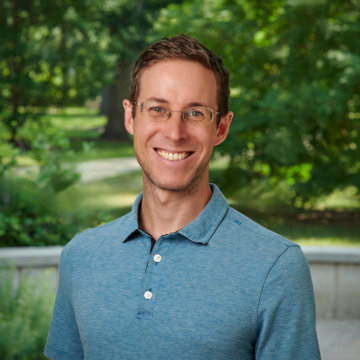This project team uses case studies and develops new computational tools working to quantify the conservation value of conservation efforts for Fraxinus. The aim of this project is to determine whether enough trees or seeds are being conserved, and to identify where to sample next to get the most value for the effort in terms of genetic diversity.
The first case study, in partnership with the Millennium Seed Bank at the Royal Botanic Gardens, Kew, focused on European ash (Hoban et al 2018). This case study quantified how much genetic diversity likely already exists in the U.K. National Tree Seed Collection program, and where is best to sample seed. The second case study focused on white ash in the Allegheny National Forest (Flower et al 2018). The team determined optimal numbers of trees to treat with an insecticide to preserve living trees in the forest in spite of the invasive emerald ash borer.
